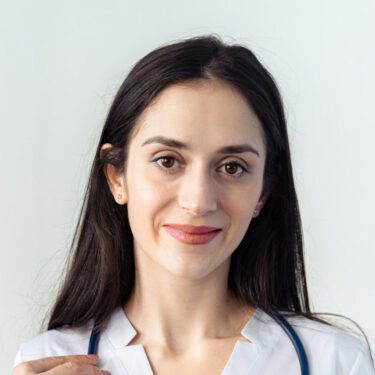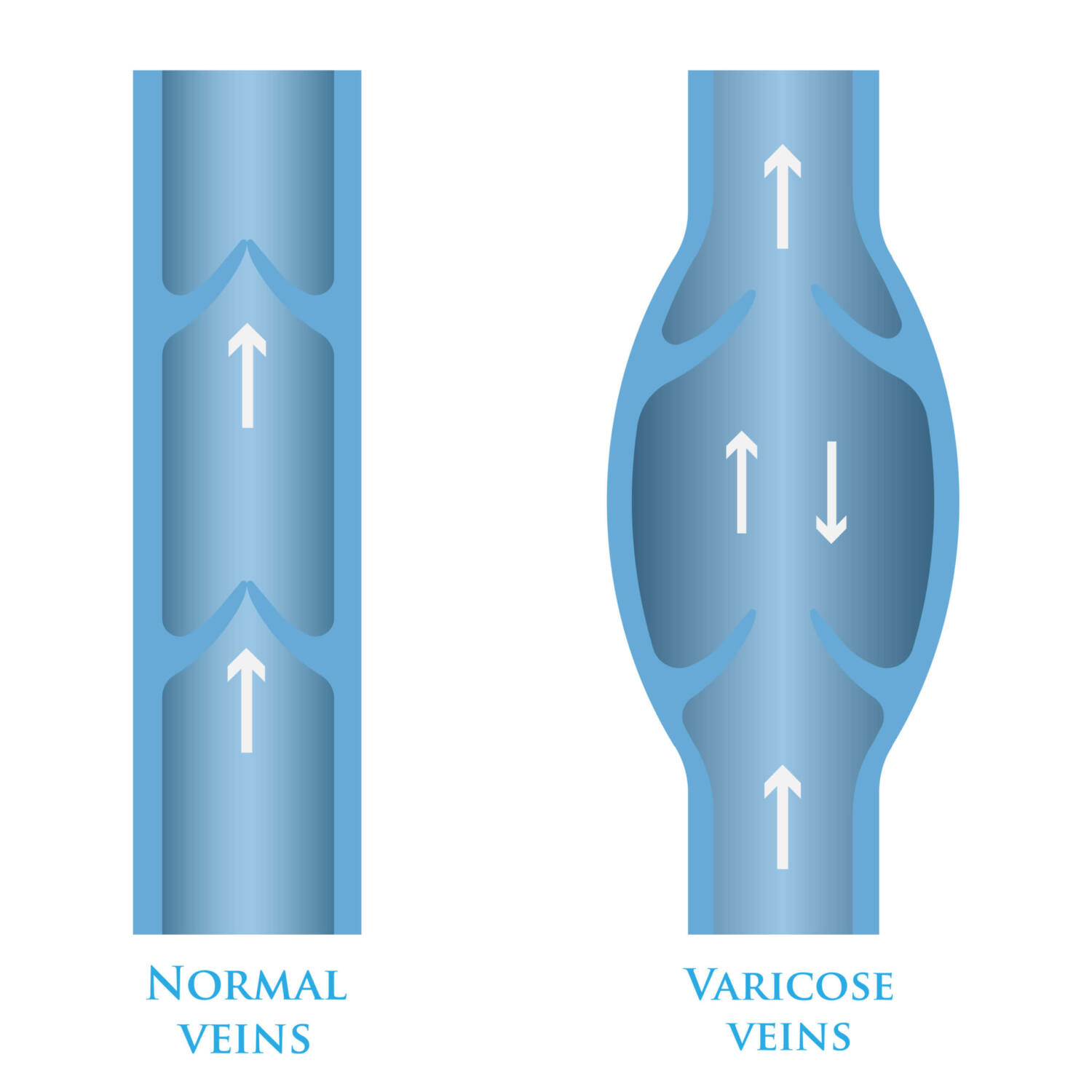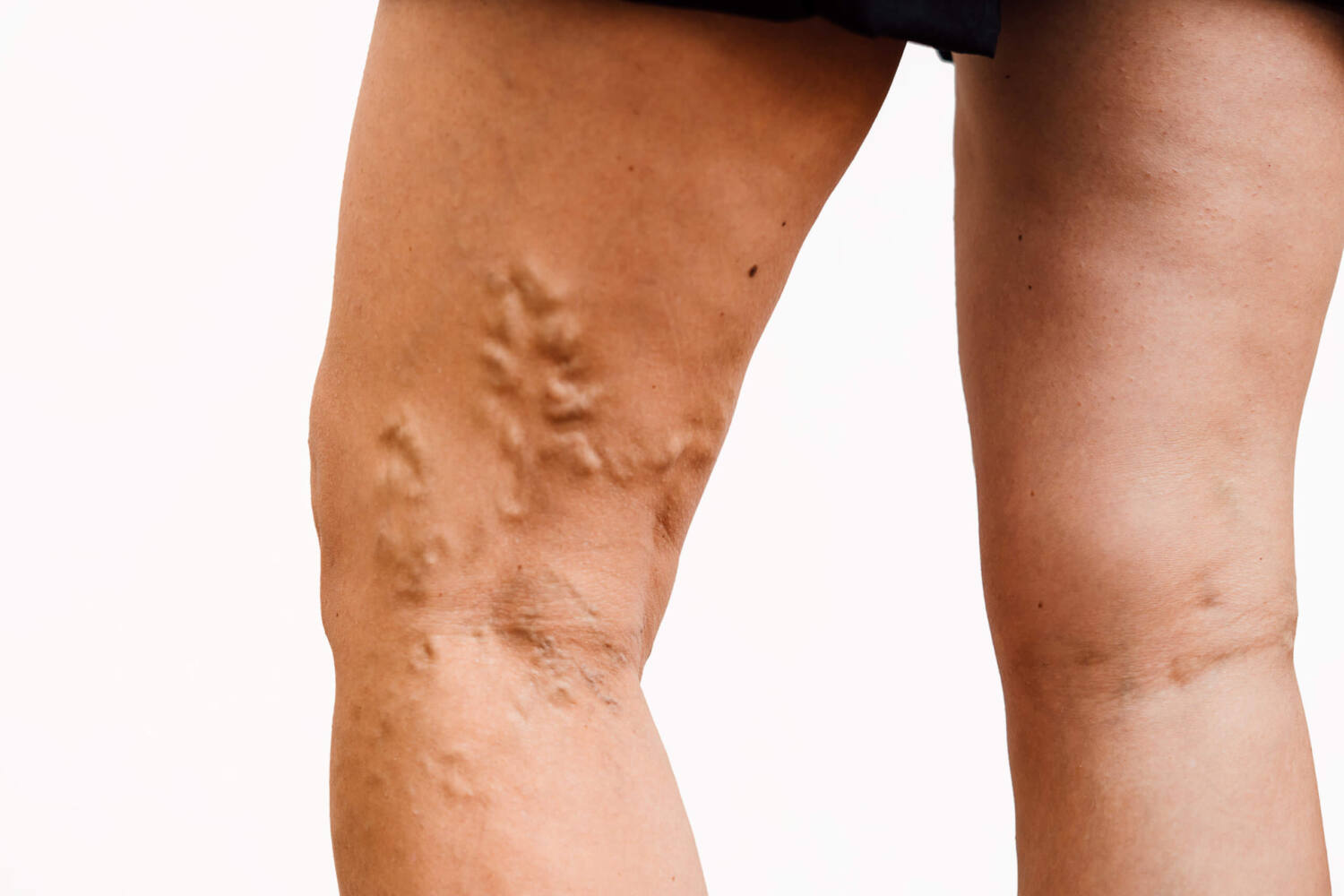We want our patients to have all the tools and information they need to make the best decisions for their vein health. Our team of highly trained professionals will discuss your condition and potential treatments with you so that you can be an active, informed decision maker in your treatment plan. We want you to come away from your treatment at United Vein & Vascular Centers free of symptoms and empowered to take charge of your vein health. Need to speak to a vein specialist near me? We can help!
Vein Conditions
Do you suffer from leg pain, aching, swelling, restless legs, or cramps? Have you become self-conscious about unsightly, protruding, enlarged veins visible on your legs? You’re not alone; over 40 million Americans suffer from varicose veins, with an estimated 2 million seeking treatment annually! Many people who suffer from spider and varicose veins may not even know the signs and symptoms they’re experiencing are due to an underlying vein disease called Chronic Venous Insufficiency (CVI).
Chronic Venous Insufficiency (CVI) occurs when your leg veins don’t allow blood to flow back up to your heart. Normally, the valves in your veins are responsible for aiding the circulation of blood back to the heart. When these valves become damaged, weak, or defective and don’t work well, blood flows backwards. This can cause blood to collect (pool) in your legs. Pooling of blood in the leg veins is the root cause of varicose and spider veins and their associated symptoms.

Request a Free Screening*

What Causes Varicose Veins & Spider Veins?
There are scenarios that can increase a person’s risk of developing varicose and spider veins, including:
- Genetics passed down from parents and grandparents
- Being overweight
- Pregnancy, especially multiple pregnancies
- Increased age
- Hormones
- Lifestyle or work-related; sitting or standing for long periods of time on a regular basis
- Smoking
- History of blood clots
- Past surgery
- Leg or vein trauma

Common Symptoms of Vein Disease
Symptoms of Chronic Venous Insufficiency may seem like other health conditions. Talk with a United Vein healthcare provider for a diagnosis:
- Pain
- Aching of the legs
- Throbbing of the leg or muscles
- Leg or ankle swelling
- Itching
- Tightness of the legs
- Heaviness of the legs
- Spider Veins
- Varicose Veins
- Skin ulcers (open sores)
- Leg, foot or muscle cramps at night (charley horse)
- Restless legs (uncomfortable feeling in your legs or urge to move your legs)
- Brown colored skin, often near the ankles or lower part of the legs
- Leg ulcer (open sores or poorly healing wound)
- Pain with waking that stops when you rest
The circulatory system is made up of arteries and veins. Arteries carry oxygen-rich blood from the heart to the muscles and organs in the body. Veins transport oxygen-depleted blood back to the heart to be re-oxygenated again. Venous blood in the legs must flow upward towards the heart – working against gravity. Calf and leg muscles help pump the blood upwards, while one-way valves inside the veins open to allow blood to pass through and close to prevent blood from leaking backwards – working as stop gates.
The venous system of the legs consists of the superficial vein system (e.g. great and small saphenous veins, deep vein system (e.g. femoral and popliteal veins) and communicating vein system (e.g. perforating veins) that connect the superficial and deep systems.
Blood travels back to the heart working against gravity assisted by one-way valves from the superficial vein system to the deep vein system. These one-way valves are present in all veins playing a critical role in the health of your veins.
When the superficial vein valves become damaged, weak, or defective, blood leaks backwards (venous reflux) causing the blood to pool in the leg veins. Pooling of blood leads to inflammation and high pressure in the veins causing further damage to other valves or branch veins such as tributaries and reticular veins. It also causes veins to stretch and dilate, weakening and thinning the vein walls. This eventually leads to tortuous, twisted, bulging veins. These damaged veins ultimately become varicose and spider veins, depending on which veins are affected.
When deep vein valve failure occurs, blood moves in the reverse direction. Venous pressure in the deep system is generally greater than that of the superficial system. Valve failure causes the blood to leak backwards into the superficial veins resulting in multi-system failure causing pooling of blood and excessive pressure in the leg veins.
Superficial vein reflux is the most common form of vein disease and source of most varicose and spider veins. Looking for a “vein specialist near me”? A United Vein & Vascular Centers today!
What is the difference between Varicose Veins & Spider Veins?
Varicose Veins
Varicose veins are large, bulging, twisty veins near the surface of the skin that can cause those suffering from them a lot of discomfort. They’re caused by damaged valves in the veins that allow blood to flow the wrong way, causing blood to pool and turn the veins in to non-functioning reservoirs. Varicose veins are generally found in the legs, though they are found in other parts of the body on occasion.
These large, bulging, and rope-like veins, are usually seen in the legs, and frequently accompanied by pain or discomfort.
Spider Veins
Spider veins are also caused by valves that aren’t working right, except these valves are located in smaller vessels. They are often the result of diseased vein(s) below the skin. They are smaller branches of veins that come from varicosed veins that are mostly visible at the surface. They may vary in color from red to a dark purple and they get their name from their often spider-web like appearance. While spider veins are often thought of as a cosmetic problem, they indicate an underlying medical condition and should be taken seriously, even if their appearance doesn’t bother you.
Similar to varicose veins, spider veins on the face, hands, and limbs can be accompanied by pain.

Treatment Options
At United Vein & Vascular Centers, we offer the latest, state-of-the-art, minimally invasive vein treatments available. Our seasoned, board-certified physicians are specially trained in procedures like Endovenous Laser Ablation, Sclerotherapy, Varithena™, ClosureFast™ Radiofrequency Ablation, VenaSeal™, and Microphlebectomy. Vein treatment generally consists of either sealing off the damaged vein or removing it entirely, allowing blood flow to return to normal.
Contact Us for a Consultation
United Vein & Vascular Centers are Nationally IAC accredited facilities which means they have undergone a thorough review of their operational and technical components by a panel of experts in the field .Your vein health and quality of life are important. Treatment for common vein conditions like spider veins or varicose veins are typically quick and easy, requiring no down time or hospital stays.
There’s never been a better time to address your vein health issues. Most insurance providers including Medicare cover vein treatments; feel free to ask us about your coverage. We’re available to answer any questions or address any concerns you may have about vein health or treatment. Call us today to talk about taking charge of your vein health.